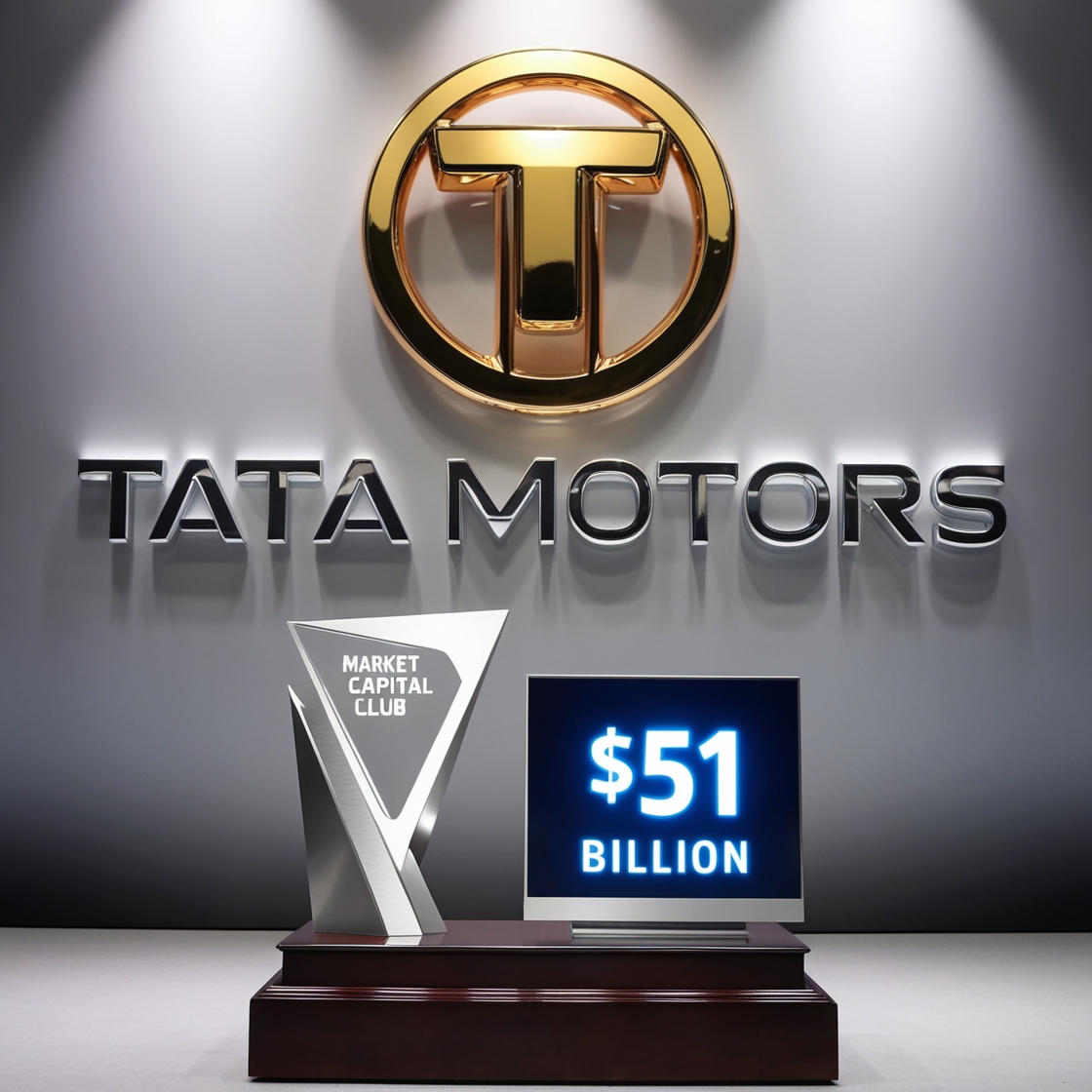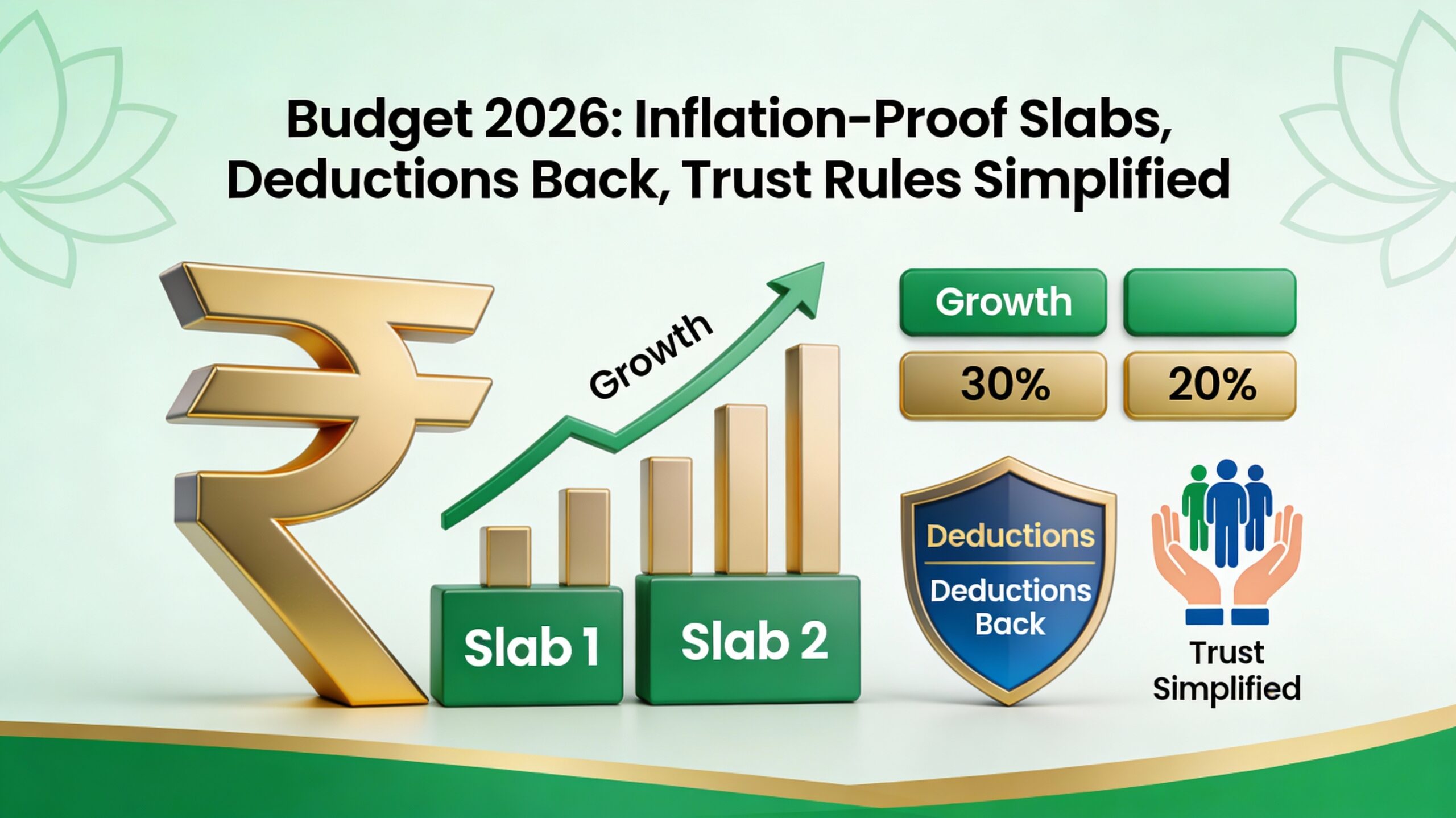Introduction
Tata Motors Ltd has achieved a remarkable milestone, becoming the first Indian automotive company to join the ranks of the top ten most valued global auto firms. This achievement is driven by a significant surge in its stock prices.
The Global Leaders in the Automotive Industry
Leading the global automotive market is Tesla Inc, with an impressive market cap of $711.19 billion. Following Tesla, Toyota Motors holds the second position with a market cap of $307.50 billion, while BYD Company ranks third at $92.65 billion. Ferrari NV secures the fourth spot with a market cap of $74.02 billion, closely followed by Mercedes-Benz Group ($71.26 billion), Porsche ($68.29 billion), BMW AG ($59.54 billion), Volkswagen AG ($58.18 billion), and Honda Motor Co ($56.12 billion).
Tata Motors’ Rise to Prominence
Tata Motors has seen its market cap soar to $51 billion, making it the highest among Indian auto companies. This notable rise in market value has been fueled by a stock increase of over 50% this year and more than 101% in 2023. This growth has allowed Tata Motors to surpass several major players, including Stellantis NV ($50.64 billion), General Motors ($49.74 billion), and Maruti Suzuki India ($48.36 billion).
Factors Behind Tata Motors’ Success
Tata Motors’ stock has tripled over the past three years, largely due to high expectations surrounding its passenger vehicles. The company has undergone a significant turnaround, particularly with Jaguar Land Rover (JLR) now on a profitable growth trajectory. In India, Tata Motors leads in the electric vehicle (EV) market and has strategically shifted its portfolio towards utility vehicles. Despite the progress, its EV business has not yet reached break-even at the EBITDA level, necessitating continued investment driven by strong sales.
Future Prospects and Strategic Plans
Analysts have highlighted Tata Motors’ ambitious plans to launch new EV models and aim for 50% of its sales volumes to come from EVs by 2030. This strategic direction is expected to generate substantial value. While the passenger vehicle segment presents complexities, JLR is anticipated to continue contributing significantly to revenues and earnings, despite facing competition during its EV transition.
As the semiconductor chip shortage eases, supply for JLR has improved, reducing the order backlog and enabling the company to serve more customers. Strong demand and an expanding order book, coupled with new model launches, are expected to further boost volumes.
Analyst Insights and Projections
Nomura has recently maintained a 5% volume CAGR for FY25-27F and expects EBITDA margins to remain around 11.5% due to robust demand. The guidance for FY25F has been upgraded from flat to negative growth, with electric buses (e-buses) potentially driving additional growth.
In the Indian passenger vehicle (PV) market, despite some signs of weakness in overall PV and EV demand, upcoming launches like the Curvv (scheduled for August 7) and the Harrier EV in FY25F are expected to support volumes. Tata Motors aims to maintain a stable market share of 14%, with a target to increase it to 18-20% by FY30F.
Strategic Restructuring and Market Opportunities
Recently, Tata Motors announced plans to demerge into two entities, a move welcomed by analysts. Post-demerger, Tata’s PV business will encompass the domestic EV segment and JLR, offering investment opportunities in both domestic and global premium markets. Sharekhan believes this restructuring will allow investors to tap into mass-market PV growth, potentially challenging Maruti Suzuki’s market dominance.
Conclusion
All eyes are on Tata Motors’ earnings release on August 1. A survey of 16 Bloomberg analysts predicts revenue of Rs 1.09 trillion, while 11 analysts forecast a net profit of Rs 5,310 crore. Currently, the stock holds 24 buy ratings, 6 hold ratings, and 5 sell ratings, according to Bloomberg. This milestone for Tata Motors not only marks a significant achievement for the company but also highlights the growing influence of Indian automotive firms on the global stage.
Disclaimer: The information provided in this article is for general informational purposes only and is not intended as investment advice. All financial data and projections are based on current market conditions and analyst reports at the time of writing. Readers are encouraged to conduct their own research and consult with a professional financial advisor before making any investment decisions. The author and publisher are not responsible for any losses or damages resulting from the use of this information.











